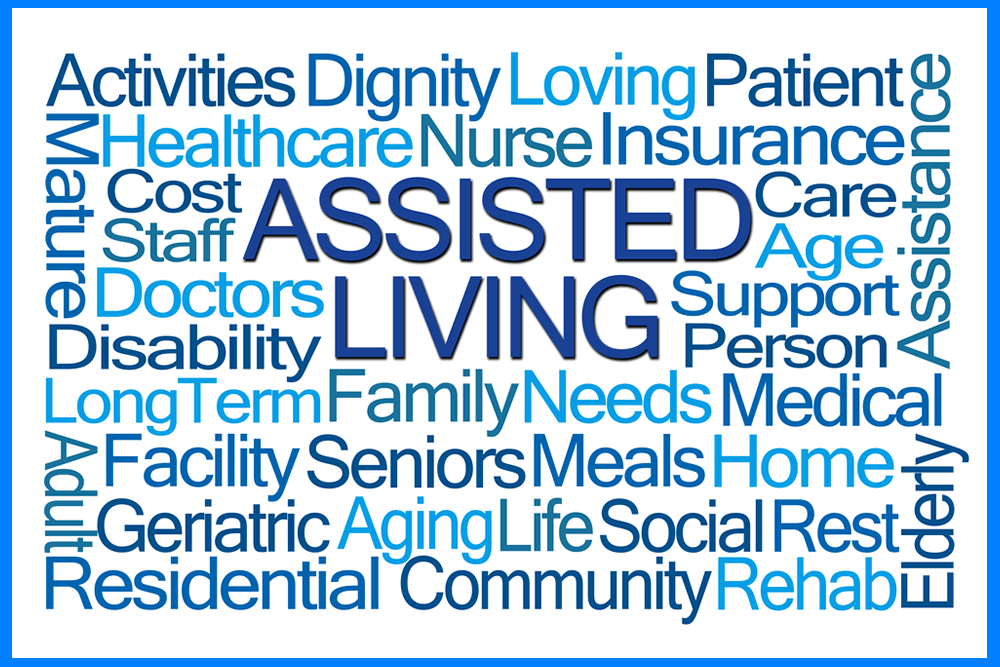improving the quality of life in assisted living facilities
Posted on 16-01-2025 11:52 AM

The advent of technology and the integration of smart home devices have indeed revolutionized the way we think about assisted living facilities. These advancements are not just gadgets for entertainment; they're tools that significantly enhance the quality of life for residents. However, it's important to remember that while these technologies offer numerous benefits, their implementation must be thoughtful and person-centered.
Let’s take a look at how these innovations are making a difference! With smart devices, routine tasks can be automated or simplified, which is particularly helpful for those whose mobility might be limited. Imagine being able to adjust the lighting, temperature, or even close the curtains with just a simple voice command or tap on a tablet. This kind of convenience allows individuals to maintain their independence (and isn't that what everyone wants?), reducing feelings of burden on both themselves and caregivers.
Furthermore, safety is dramatically enhanced through the use of technology in assisted living communities. Systems can now detect falls or unusual activity and alert staff immediately; this not only ensures prompt assistance but also provides peace of mind for both residents and their families. What’s more? Wearable devices monitor vital signs in real time—offering preemptive healthcare solutions and possibly preventing medical emergencies before they occur.
Now then, despite these clear advantages, it’s vital to address concerns regarding privacy and user-friendliness—especially since some folks may feel overwhelmed by newfangled tech. Training for both residents and staff is crucial so that there's confidence in using these tools effectively.
Moving forward with our discussion, let's consider social connectivity—an aspect profoundly impacted by technology. Loneliness can be a significant issue in assisted living facilities; however, smart devices bridge this gap by keeping residents connected with loved ones through video calls or messaging apps. They’re able to share moments instantly (a grandchild’s first steps or birthday celebrations) fostering relationships despite physical distance.
In conclusion, when implemented correctly—the impact of technology and smart home devices within assisted living environments cannot be overstated. They support autonomy, ensure safety, promote health monitoring without being intrusive (well mostly), facilitate social interaction—and altogether improve quality of life for seniors who deserve comfort and contentment in their golden years. As we continue embracing these technological innovations—we must stay mindful that at the heart of all this progress lies human well-being; after all—that's what truly matters at end of day!